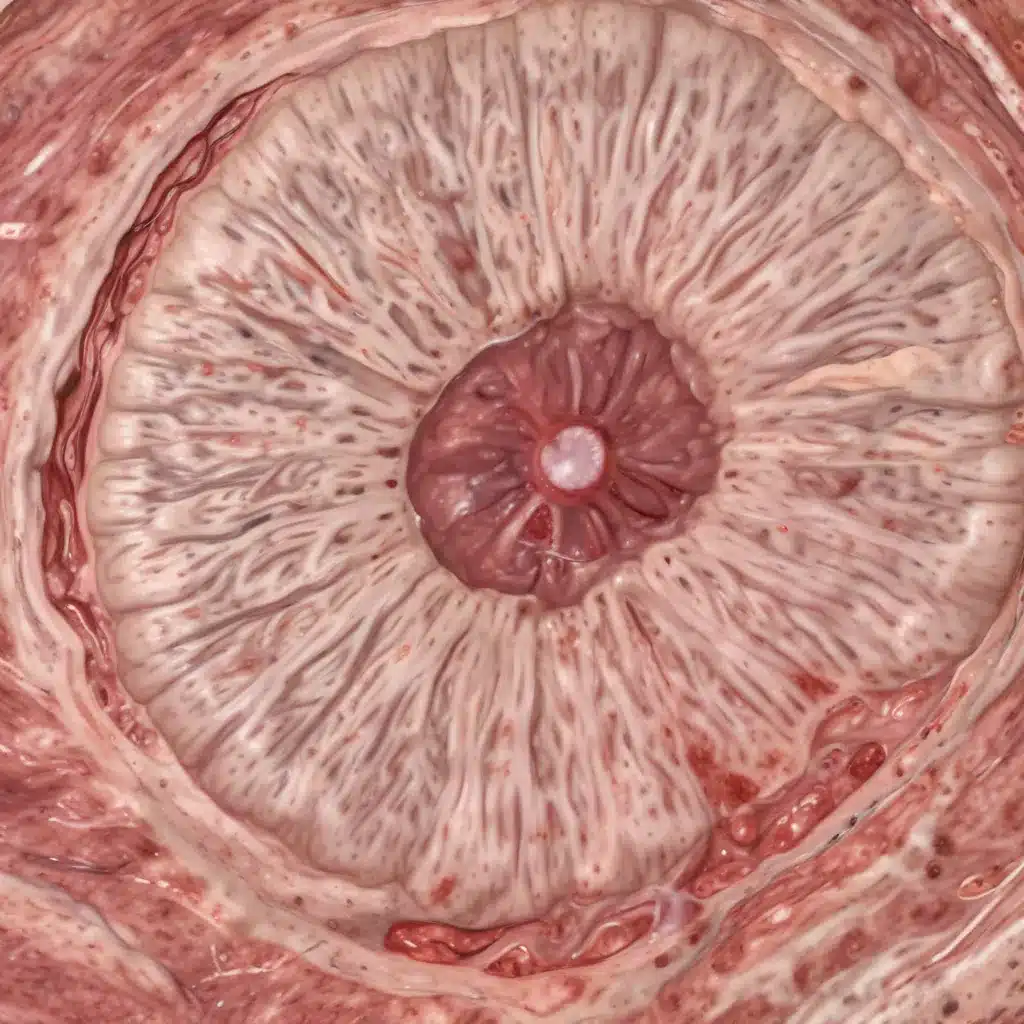
Introduction
Meningitis, an inflammation of the protective membranes covering the brain and spinal cord, is a serious and potentially life-threatening medical condition. While bacterial meningitis is more common, cases involving atypical pathogens can also occur, presenting unique diagnostic and management challenges. This case report describes a patient who developed meningitis due to an unusual causative organism, Gemella species, accompanied by severe ear, nose, and throat (ENT) manifestations.
Case Presentation
A 58-year-old female patient presented to the emergency department with a 3-day history of persistent headache, fever, nausea, and vomiting. The patient reported experiencing a sudden onset of severe otalgia (ear pain), otorrhea (ear discharge), and sore throat. Upon further questioning, she mentioned having a history of chronic sinusitis and otitis media (middle ear inflammation), for which she had undergone multiple sinus surgeries and tympanostomy tube placements in the past.
On physical examination, the patient appeared acutely ill, with a body temperature of 39.2°C (102.6°F). She exhibited nuchal rigidity (stiffness of the neck) and a positive Kernig’s sign, indicative of meningeal irritation. Examination of the ears revealed purulent otorrhea and erythema of the tympanic membranes. The oropharynx was inflamed, and the patient reported severe pain on swallowing.
Diagnostic Workup
Immediate lumbar puncture was performed, and the cerebrospinal fluid (CSF) analysis revealed the following:
– Elevated white blood cell count (450 cells/mm³, predominantly neutrophils)
– Decreased glucose concentration (30 mg/dL)
– Increased protein concentration (120 mg/dL)
These findings were consistent with a bacterial meningitis presentation. Additionally, Gram stain of the CSF showed the presence of Gram-positive cocci, which were later identified as Gemella species through culture and molecular testing.
Radiological imaging, including CT scan of the head and MRI of the brain, was also performed to rule out any underlying structural abnormalities or complications. The scans revealed diffuse meningeal enhancement, consistent with the diagnosis of meningitis, as well as sinusitis and mastoiditis (inflammation of the mastoid bone).
Antimicrobial Management
Given the unusual pathogen responsible for the meningitis, the patient was immediately started on empiric intravenous (IV) antibiotic therapy with vancomycin and ceftriaxone, pending the results of the CSF culture and sensitivity testing.
After the identification of Gemella species and its antimicrobial susceptibility profile, the antibiotic regimen was tailored accordingly. The patient was continued on IV vancomycin for 14 days, which was deemed the most appropriate treatment based on the organism’s susceptibility.
Concurrent with the antibiotic therapy, the patient also underwent surgical management of the underlying ENT conditions. This included endoscopic sinus surgery to address the chronic sinusitis and mastoidectomy to treat the mastoiditis.
Clinical Course and Outcome
The patient’s condition gradually improved with the comprehensive medical and surgical management. The otalgia, otorrhea, and sore throat subsided, and the patient’s fever and headache resolved within the first week of treatment.
Repeated CSF analysis during the course of treatment demonstrated a gradual normalization of the white blood cell count, glucose concentration, and protein levels, indicating a favorable response to the therapy.
The patient was discharged from the hospital after 21 days, with complete resolution of the meningitis and the associated ENT manifestations. At the 6-month follow-up, the patient remained asymptomatic, and no further complications were reported.
Discussion
This case highlights the importance of considering atypical pathogens, such as Gemella species, as a potential cause of meningitis, especially in patients with a history of recurrent ENT infections and chronic sinusitis.
Gemella species are Gram-positive, catalase-negative cocci that are typically found as part of the normal oropharyngeal and gastrointestinal flora. While they are generally considered low-virulence organisms, they have been increasingly reported as causative agents of various opportunistic infections, including endocarditis, bacteremia, and, as in this case, meningitis.
The occurrence of Gemella-associated meningitis is rare, with only a few case reports documented in the literature. These infections are often observed in immunocompromised individuals or those with underlying conditions that predispose them to atypical infections, such as malignancies, organ transplantation, or HIV/AIDS.
In the present case, the patient’s history of chronic sinusitis and recurrent otitis media likely contributed to the development of the Gemella-associated meningitis. The direct extension of the infection from the paranasal sinuses and middle ear to the meninges through contiguous spread or hematogenous dissemination is a plausible explanation for the atypical presentation.
The diagnosis of Gemella-associated meningitis can be challenging, as the organism may be overlooked or misidentified during routine microbiological testing. Clinicians should have a high index of suspicion, especially in patients with atypical presentations or recurrent ENT infections. Prompt and accurate identification of the causative pathogen, followed by targeted antimicrobial therapy, is crucial for effective management and favorable patient outcomes.
In this case, the patient’s initial treatment with empiric broad-spectrum antibiotics, along with the subsequent tailored antibiotic regimen based on the antimicrobial susceptibility profile, contributed to the successful resolution of the meningitis. Additionally, the concurrent surgical management of the underlying ENT conditions was an essential component of the comprehensive treatment approach.
Conclusion
This case report underscores the importance of considering atypical pathogens, such as Gemella species, as a potential cause of meningitis, particularly in patients with a history of recurrent ENT infections and chronic sinusitis. Early recognition, appropriate diagnostic workup, and a multidisciplinary treatment approach, combining antimicrobial therapy and surgical management, are crucial for the successful management of these rare and challenging cases.
At Station Road Dental Aldergrove, our team of experienced dental professionals is dedicated to providing comprehensive and personalized care for our patients. We understand the importance of maintaining good oral health and its implications for overall well-being. If you or a loved one are experiencing any persistent or concerning dental or ENT-related symptoms, we encourage you to schedule an appointment with us. Our experts will work closely with you to ensure timely and appropriate intervention, minimizing the risk of complications and promoting long-term oral and overall health.

